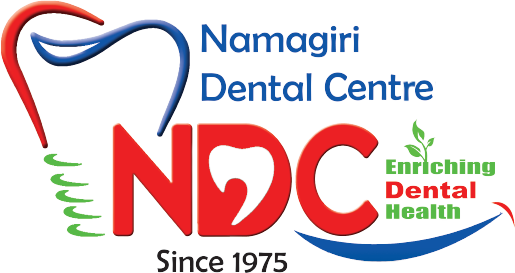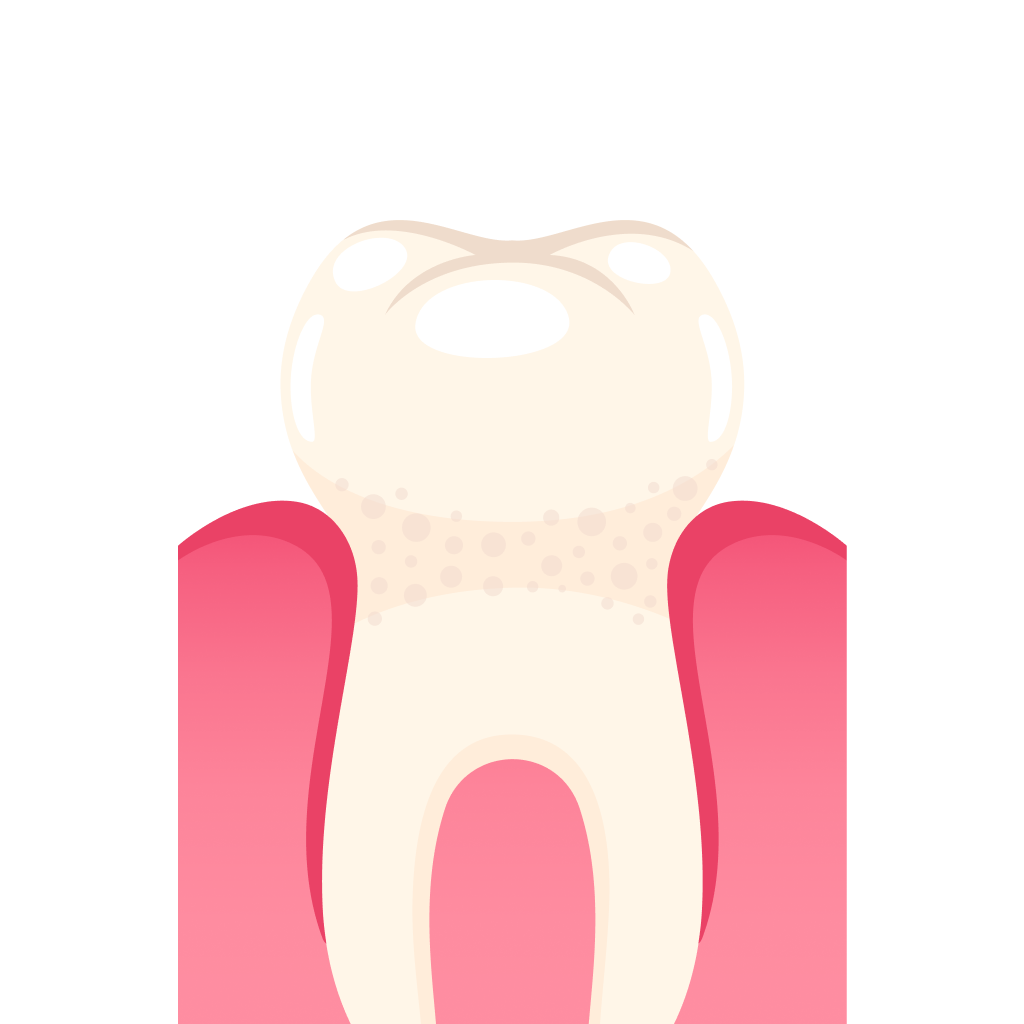

Periodontics is the dental specialty focusing exclusively on the inflammatory disease that destroys the gums and other supporting structures around the teeth. Here at NDC, dentists specialize in the prevention, diagnosis, and treatment of periodontal disease, and in the placement of dental implants.
One of the most important services your dentist offers as part of regular office visits is a thorough teeth cleaning. Our dental hygienist usually performs this step in a routine dental exam, using special tools to clean and polish your teeth. You need a good dental cleaning every six months to prevent tooth decay, gum disease and other problems associated with plaque and tartar buildup your toothbrush leaves behind.

Root planning is an attempt to smooth rough surfaces and remove any subgingival bacteria. During the procedure, a dentist cleans deep below the gums to remove plaque and tartar buildup on the roots of teeth where the bones are affected by the infection. Planning involves the complete removal of cementum, which is the calcified film that covers a tooth’s root. The procedure may also involve the removal of a small superficial layer of dentin, which is the second layer of teeth that develops below the enamel.
A flap procedure cleans the roots of a tooth and repairs bone damage caused by gum disease. Before the procedure, you will be given a local anesthetic to numb (freeze) the area where the doctor will work on your gums.
The doctor will pull back a section of your gums to clean the roots of your teeth and repair damaged bone, if needed. The gum flap will be sewn back into place and covered with gauze to stop the bleeding.
Bone grafts are used as a filler and scaffold to facilitate bone formation and promote wound healing. These grafts are bioresorbable and have no antigen-antibody reaction.This procedure is used to fuse joints to prevent movement, repair broken bones that have bone loss, and repair broken bone that has not yet healed. These bone grafts act as a mineral reservoir which induces new bone formation. The most common use of bone grafting is in application of dental implants, in order to restore edentulous area of a missing tooth. In general, bone grafts are either used in block (such as from chin or ascending ramus area of lower jaw) or particulated, in order to be able to adapt it better to a defect.
Copyright © 2025 JGDHealth || All Rights Reserved
Please help us in serving you better
Please introduce yourself: